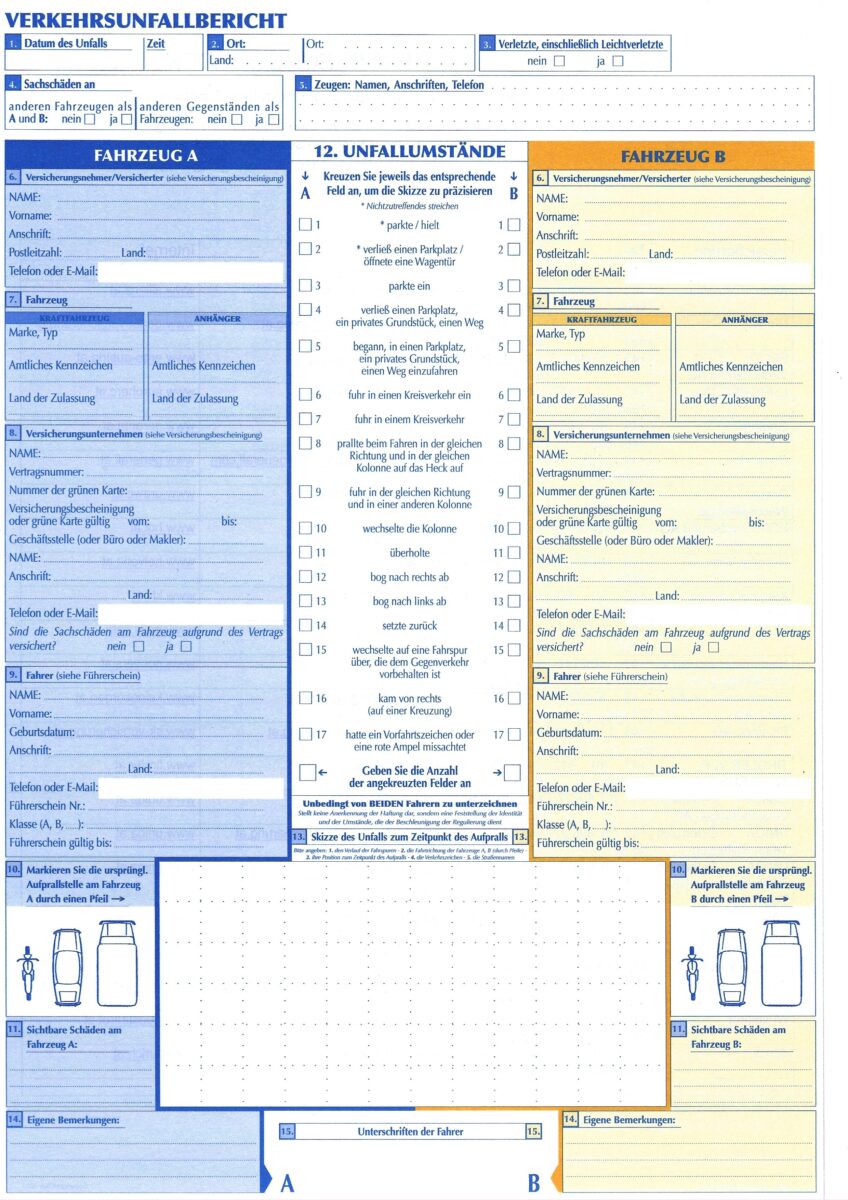The property/casualty claims area is experiencing a whole range of external pressures that are driving transformation like never before. Chief among these forces has been the pandemic, which has made it essential for insurers to offer digital, virtual capabilities to policyholders and claimants and to rethink workforce deployment. In addition, the workforce itself is changing. Seasoned professionals are retiring in record numbers, and a dearth of young talent is coming into claims organizations to replace them. The remote/work-from-home movement has created new demands. And the rapid advancement of technology is offering new opportunities to insurers. In addition, supply chain and labor force issues are resulting in extended times and higher costs for repairs. And the list of forces exerting pressure on claims goes on. As a result of this new environment, insurers are seeking an edge in claims through more automation, more insight, and more support for adjusters.
In the world of claims automation, everyone likes to discuss straight-through processing (STP), including the ongoing debate about what percentage of claims for each line might be open to STP. The goal is to automate the simple claims – those with low complexity and high frequency – to allow experienced adjusters to focus more on complex claims and exceptions. The industry is in the early part of this journey, and the tech solutions have emerged and matured rapidly, which means that there is great potential for insurers to forge ahead with claim process automation plans.
The good news is that there are opportunities for every line of business and across the whole claims lifecycle. This includes use cases starting with first notice of loss (FNOL) or first report of injury (FROI) through coverage verification/analysis, triage, assignment, investigation and estimation, settlement, and recovery. In addition, specialist areas such as fraud/SIU, litigation, medical bill management, and catastrophe management all present new opportunities for automation. It is important to note that STP does not necessarily mean that the entire process is automated from initial report to settlement. In some simple cases, it may be, but in other cases, it is still extremely valuable to have segments of the claims lifecycle that are fully automated before engaging an experienced adjuster. The trend toward more specialization in P&C in general means that there will always be complex claims situations that require the expertise and experience of a human. In addition, the human ability and desire to connect with the claimant to express empathy is vital in many claims situations. Ultimately, insurers must find the right balance between human involvement and tech.
The benefits of claims process automation are many and include:
- Improving the customer journey: The increasing focus on customer experience has resulted in more analysis and understanding of the policyholder/claimant journey. Simplifying and speeding up the process can play a major role in improving both the customer’s journey and the customer’s satisfaction. This has become, perhaps, the most important motivation of all for claims process automation.
- Capturing and preserving enterprise knowledge: One of the prime benefits of applying technology solutions to claims is the potential to capture and codify the knowledge of seasoned adjusters before they retire. Many insurers are concerned about the brain drain that may occur due to the demographics of the claims workforce, and automation can help address this problem.
- Addressing staffing issues: As the workforce evolves, there may be fewer young professionals joining claims organizations and potentially fewer adjusters overall. By automating more claims processes, these staffing issues can be addressed. There is also potential to elevate the adjuster role as claims professionals focus their energies on higher-value, more complex claims.
- Cost reduction: Last, but not least, is the potential to improve efficiencies. This is part of every equation when evaluating and implementing new tech solutions and is important for ROI purposes. However, in the past, cost reduction was often the only major reason for investing in tech, but now it is just one part of a much bigger picture.
One final benefit that is critical is the potential to improve outcomes. Claims executives know that the faster a claim is resolved, the more likely it is that the claim payouts are lower. Not only are claimants happy that their claims are settled quickly, but there tends to be a reduction in litigation and lower loss costs overall. Whether an insurer is focused on commercial lines or personal lines, property, auto, casualty, workers’ comp, or specialty lines, there are many opportunities for claims process automation. These line-of-business areas and the functional areas in the claims lifecycle will be explored in 2022 through a new series of blogs. Look for that series to kick off in the first quarter of 2022.
About the Author
Mark Breading, SMA Partner, is a recognized expert in advanced technologies and their implications for the insurance industry. He has exceptional knowledge of digital strategies, InsurTech, transformational technologies, and distribution in insurance. Contact Mark at [email protected] or 1.614.562.8310. Follow Mark at @BreadingSMA on Twitter.
AIautomationclaimsfirst notice of lossfnolFROIInsuranceinsurtechNLP

